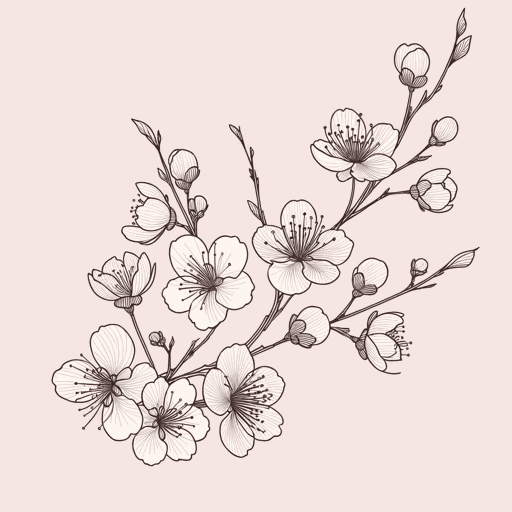52 pages • 1 hour read
Monica SoneNisei Daughter
Nonfiction | Autobiography / Memoir | Adult | Published in 1979A modern alternative to SparkNotes and CliffsNotes, SuperSummary offers high-quality Study Guides with detailed chapter summaries and analysis of major themes, characters, and more.
Symbols & Motifs
Shoes
The Japanese community’s approach to footwear is symbolic of their social-minded, conformist attitude, as well as their attention to detail. In preparation for the annual undo-kai picnic, all of the parents buy new clothes for their children, and there is a “terrific run on children’s tennis shoes in the Japanese shoe stores” (71). The shoe specification for each gender is as follows: the girls are to buy “snowy-white canvas rubber-soled shoes with a single strap buttoning across the instep and a demure white bow at the toe,” and the boys “ankle-high black and white canvas shoes with thick, black rubber soles, guaranteed to transform even a plodding turtle into a bounding hare” (71). While both genders’ shoes are made with attention to detail, the boys’ thick soles have a utilitarian function, whereas the girls’ dainty bows are more decorative. The white color is also impractical, given that the shoes are intended for a race, but symbolizes Japanese attitudes to girlhood as being something pristine and unspoiled.
At Camp Puyallup, where there are menacing amounts of mud, aesthetic considerations are secondary, as the inmates’ concerns are with keeping their feet clean and dry. While Sone is proud of tracking down a pair of galoshes from her friend Chris, the Issei have other ideas about how to wade through the mud, and a “craze” for getas, Japanese wooden platform shoes, sweeps through the camp (181).

